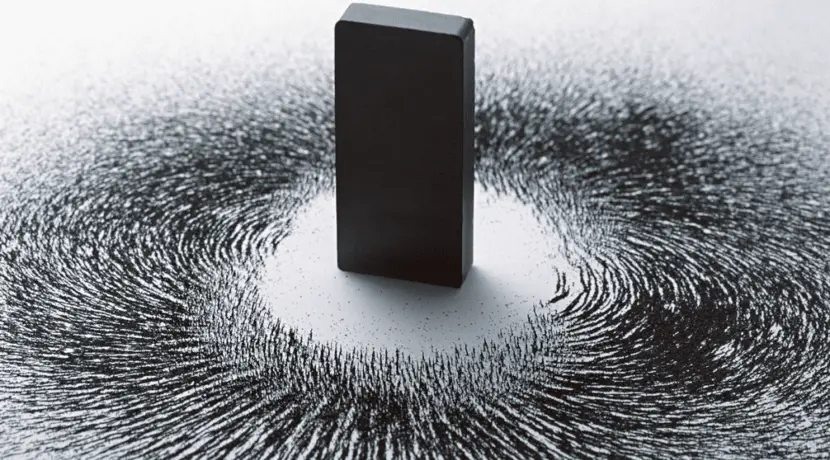Unique chemical bond surpasses all known magnets
Rare earth 01. July 2024 12:37 Robert Klatt New magnet with unique chemical bond (symbolic image) )kcots ebodAivanegami(Photo: © A new molecule composed of rare earth elements and iodine with a previously unique chemical bond outperforms all known magnets. Berkeley (United States). Magnets have different areas of application in science and industry. The China Railway […]

Rare earth
Robert Klatt
New magnet with unique chemical bond (symbolic image)
)kcots ebodAivanegami(Photo: ©
A new molecule composed of rare earth elements and iodine with a previously unique chemical bond outperforms all known magnets.
Berkeley (United States). Magnets have different areas of application in science and industry. The China Railway Rolling Stock Corporation (CRRC), for example, has developed a magnetic levitation train that can reach speeds of 600 km/h, making it faster than airplanes over short and medium distances. The China Aerospace Science and Industry Corporation (CASIC) is also working on an electromagnetic catapult that will function like a railgun to launch spacecraft into space.
Scientist of the University of California, Berkeley (UC Berkeley) around Colin A. Gould have developed a new “super magnet” which could pave the way for other possible uses in the future. According to the publication in the specialist magazine Science The magnet is made of an unusual bond made of rare earths and has a magnetic field three times stronger than the strongest magnetic material known to date. The unusual bond is therefore significantly more magnetic than the one that already exists. powerful neodymium magnetswhich are used, for example, in the Chinese Red Rail magnetic levitation train.
Molecule with strong magnetism
According to the researchers, the molecule has strong magnetism and is a completely new class of substances consisting of two atoms of a rare earth element, between which are three iodine atoms arranged in a triangle. The two atoms of rare earth elements, such as dysprosium or terbium, also have a direct bond that passes through the center of the iodine triangle. This is the first direct bond between two atoms of rare earth elements in a molecule.
The molecule’s exceptionally strong magnetism is due to the fact that it contains many unpaired electrons that are not directly neutralized by the opposite partner electrons. In addition, the unpaired electrons in the substance are aligned in the same way.
Iodine atoms support the connection
As scientists explain, magnets made from rare earth metals contain a high number of unpaired electrons. These electrons are aligned in common by combining with a metal such as iron. Although this configuration already allows for a strong magnetic effect, theoretical considerations suggest that using another rare earth element as a binding partner instead of iron could lead to even stronger magnets.
However, until now, a material in which the rare earth elements were directly bonded to each other was missing. The new molecule has such a bond, but it is so weak that the connection between the two metal atoms must be supported by three iodine atoms to remain stable.
Coercivity of more than 25 Tesla
The special arrangement of unpaired electrons in the two metal atoms gives the entire molecule an exceptionally high magnetization. The research group determined the strength of this molecular magnetism by measuring the coercivity, which indicates how strong an external magnetic field must be to overcome the internal magnetism of a material. According to the team, at a temperature of about 60 Kelvin and in a molecule with two terbium atoms, the measured coercivity was greater than 25 Tesla.
This more than triples the previous record of 7.9 Tesla and is almost twice as high as the maximum field strength possible in currently available measuring equipment, making it difficult to determine the exact value. Such extremely powerful molecular magnets are not only of interest for storage media on magnetizable materials. Researchers also see the potential for developing large magnets for technical applications from these molecules. These could far exceed the magnetic field strength of current supermagnets made from neodymium-containing alloys.
Sciences, doi: 10.1126/science.abl5470














